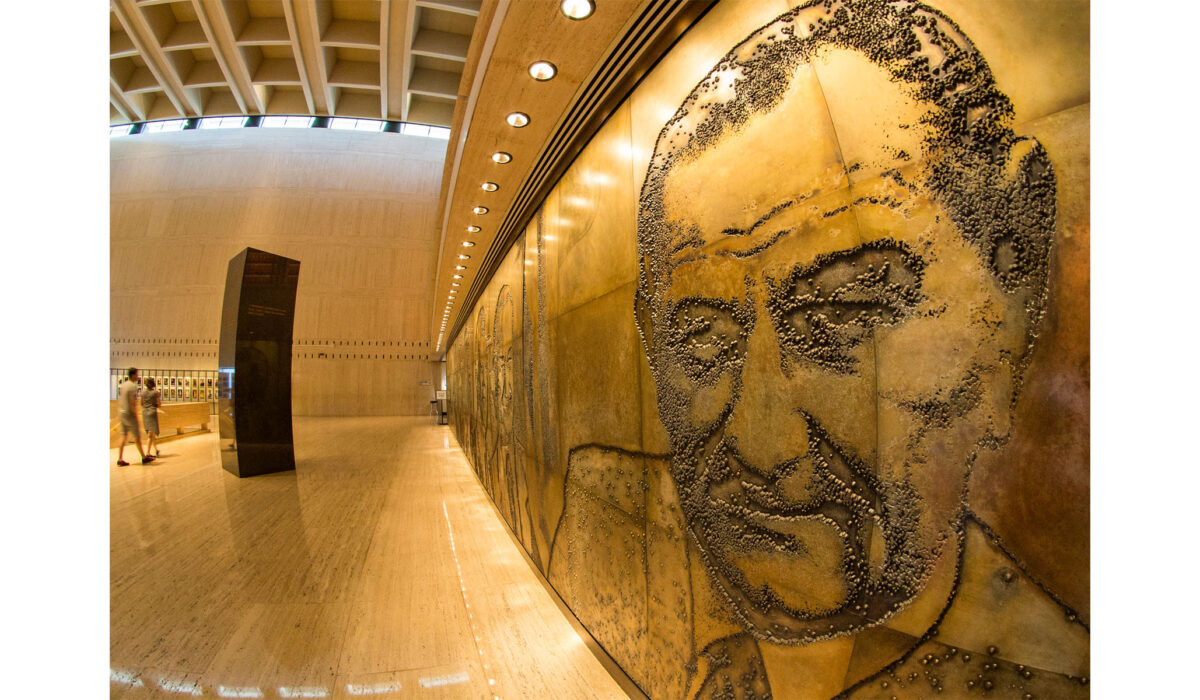The Lyndon B. Johnson Presidential Library in Austin refuses easy answers and invites a close look at a consequential presidency. His exemplary presidential museum in Austin explores the times that still haunt us. Walk through its rooms and you encounter towering ambitions and the messy trade-offs of federal power.
The exhibits foreground the Great Society’s sweeping agenda: education, Medicare, urban policy, and a push to lift millions out of poverty. Those programs reshaped American life and expanded the federal footprint in ways conservatives still debate. The museum lets you measure those gains against long-term fiscal and social consequences without softening the facts.
Artifacts are purposeful and intimate, from Johnson’s desk to tapes that capture raw, unfiltered politics. The oral histories and documents make his legislative skill unmistakable: mastery of the Senate, relentless persuasion, and an eye for leverage. For a Republican visitor, those same traits raise questions about centralized authority and the limits of top-down reform.
No display avoids Vietnam, and the museum treats it as central to Johnson’s story rather than an appendage. Photo sequences and official memos show how a wartime quagmire consumed attention and resources that might have strengthened domestic programs. The sober presentation pushes visitors to confront how foreign commitments can undercut domestic agendas, a lesson conservatives often stress.
Civil rights get prominent, careful coverage, acknowledging Johnson’s role in advancing landmark legislation. The archive highlights the political calculations and moral urgency behind the Voting Rights Act and the Civil Rights Act. Republicans who value individual liberty and equal treatment can find common ground in that history while still questioning federal enforcement strategies that followed.
The museum’s narrative shows both the power and the peril of federal expansion: good intentions led to major improvements, but also to persistent institutional problems. It catalogs programs that worked and programs that created dependency or mismatched incentives, which fuels today’s debates about role and scale of government. Seeing that record up close encourages practical skepticism without erasing the era’s achievements.
Visitors are struck by the human detail—photographs of families, campaign buttons, and Johnson’s own notes—that make policy consequences real. Those moments humanize complex trade-offs and invite reflection rather than partisan cheerleading. For a Republican audience, the artifacts reinforce the need for rigorous cost-benefit thinking when crafting large-scale social programs.
The museum’s tone is measured, neither hagiography nor hit job, and it tests the visitor’s ability to hold paradox. It makes clear that ambitious leaders can leave both durable improvements and hard-to-fix problems. That complexity is precisely why the site matters: it trains citizens to judge policy by results, not slogans, and to weigh power with prudence.

